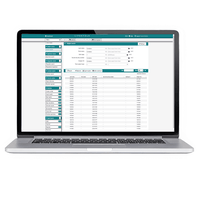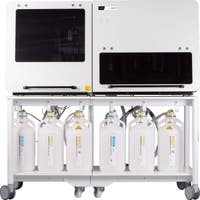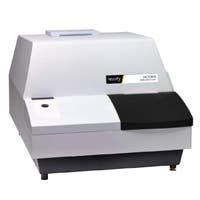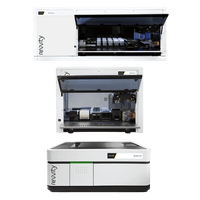Key features
Flexible screening
Multiple screening strategies are supported combining demographics and biomarker data to z-score results to produce risk.
Tailored to population
Optimize risk calculation to your population – level or change MoM equations
Configurable
Emphasis on user configurability, including customizable data entry, reports and workflows
User interface
LifeCycle 7.0 software has a totally redesigned user interface providing an improved user experience from data entry through to patient reporting as well as new data analysis and performance monitoring tools. The application supports multiple entry screens, and users can configure these to meet their needs. In addition to being able to process large batches of samples in simple workflow steps, a user can enter patient and test information, calculate a risk and produce a report directly from the entry screen.

Risk calculation
At the heart of LifeCycle software is the Revvity Risk Calculation Engine. With proven, reliable performance the engine is designed to perform multiple complex algorithms and also handle the future needs of screening programs as they evolve. Making changes to median equations and other parameters is easy, and authorized users can test the effect of changes before being taken into use.

Remote access
With the optional Remote Access feature LifeCycle software can be configured to be secure on the public internet and users such as midwives and clinicians can access the application remotely where they can download reports, search for patients and even enter demographics and pregnancy information. For added security 2 factor authentication can used. Benefits of remote access include reduced turnaround time for reports, reduced incidents resulting from reports going missing in the post, ability to reduce demographic entry in the laboratory. Remote users have only limited access to the application and can only view details / reports for patients they are given access to.
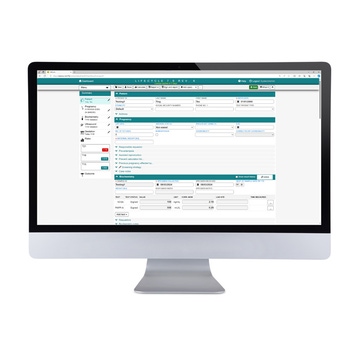
Connectivity
LifeCycle 7.0 software can be interfaced to LIMS systems as well as Ultrasound applications. There are two options, bi-directional HL7 interface with the optional HL7 Add On module, and user configurable file based import / export.
Disorders screened
The LifeCycle™ software can be used for risk calculation of all disorders screened for with Revvity’s prenatal instruments.

































